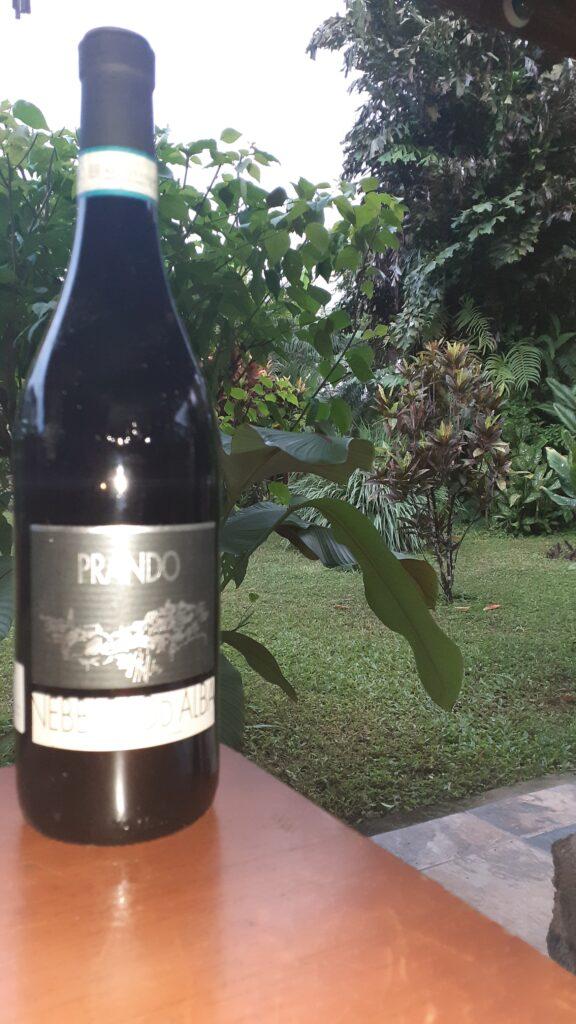This grape is grown in Piedmont, mainly in the Langhe and the Roero area.
Outside of Piedmont it is widespread in the Lower Valle d’Aosta and even more in Valtellina where it forms the basis for the production of the DOCG Valtellina Superiore and the Sforzato. It is also present in Franciacorta and in Luras (Northern Sardinia), where it is called «Nebiolo». In the last few years it has also been grown in the Province of Varese.
It is a vine producing grapes of the highest quality for the completeness of all the characteristics: a good balance between color, body, acidity, persistent and volatile aromas, alcoholic strength. It is a grape suitable for being vinified in purity or with minimal contributions, to produce wines that can be defined as «noble» with great body and duration, after adequate maturation (refinement).
By definition it is a vine suitable for aging, it is in fact very stable in its aromas, which with tertiarization become more and more complex and interesting, while the color, due to the characteristic profile of anthocyanins, tends to evolve rapidly towards garnet.
When the maturation is over, Nebbiolo wines have a perfume with fruity notes and dried flowers and spices. On the palate, the tannin is intense although compensated by the high acidity, typical of the variety. It is normally vinified in purity to bring out all its characteristics.
The following wines are obtained only in purity (100% Nebbiolo grapes): Barbaresco, Barolo, Nebbiolo d’Alba. [cit. Wikipedia]


